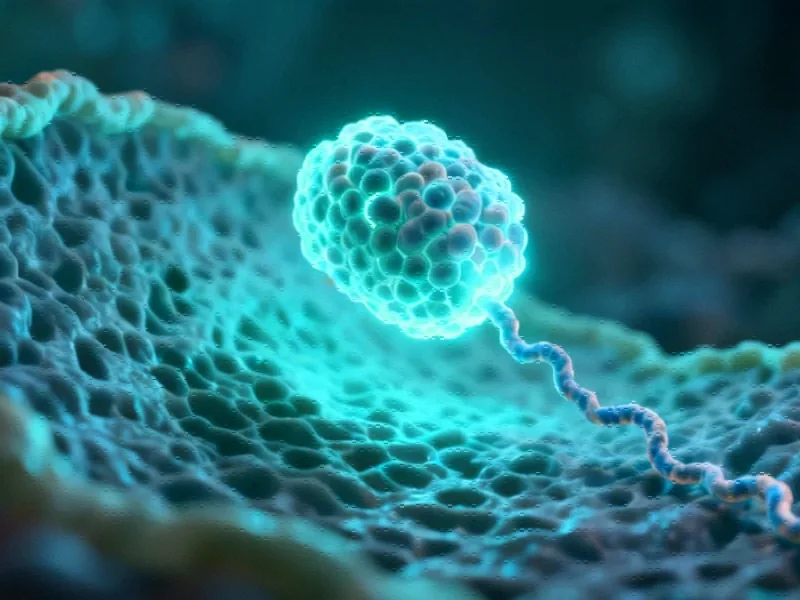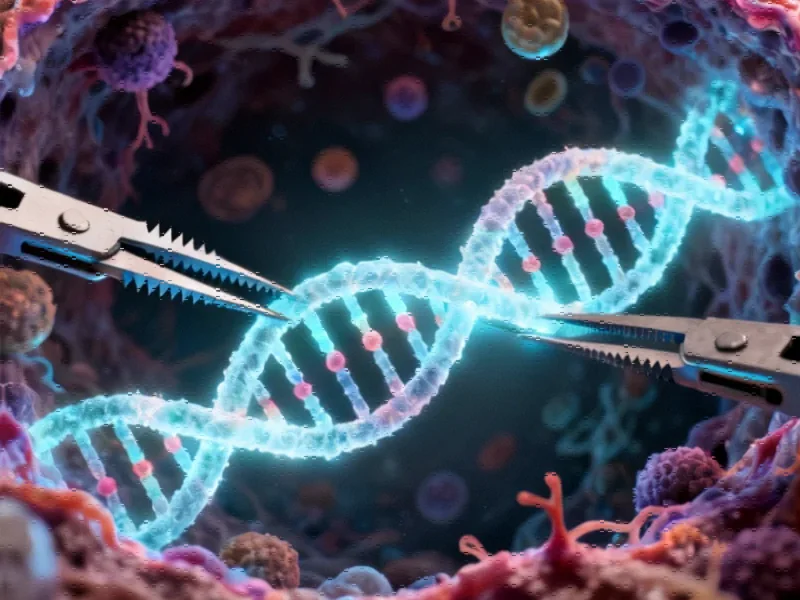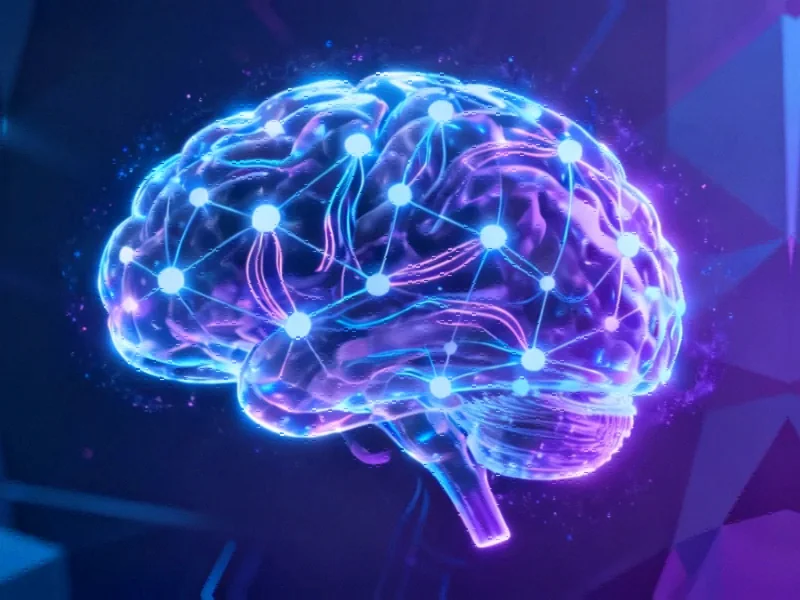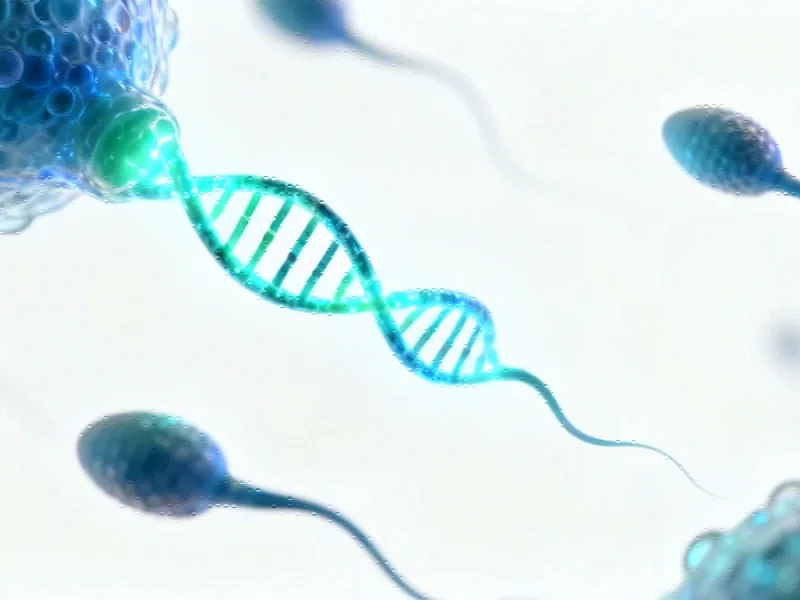Mapping the Dynamic Protein Assembly Line
In a groundbreaking study published in Nature Structural & Molecular Biology, researchers have revealed how cellular machinery remodels itself during protein synthesis at the endoplasmic reticulum (ER). Using selective ribosome profiling, scientists identified how different protein complexes—OST-A, GEL, PAT, and BOS—interact cotranslationally with nascent proteins, shedding light on the sophisticated coordination required for proper protein folding and modification.
The research team engineered HEK293 cell lines to express tagged subunits of these complexes at near-endogenous levels. By sequencing ribosome-protected mRNA fragments from total membrane and affinity-purified fractions, they calculated enrichment ratios and mapped interaction sites. This high-quality data enabled the identification of native clients and binding dynamics for each factor, offering unprecedented insights into the ER’s protein assembly line.
OST-A and MPT: Specialized Roles in Protein Biogenesis
OST-A, a complex involved in N-glycosylation, was found to be recruited during the translocation of long protein segments through the open Sec61 channel. It showed strong enrichment for proteins with signal peptides and single-pass membrane proteins, engaging when approximately 90 residues had entered the lumen. This timing allows the nascent chain to access the STT3A active site for glycosylation, independent of the presence of acceptor sequences.
In contrast, the multipass translocon (MPT)—comprising GEL, PAT, and BOS complexes—specialized in handling membrane proteins with multiple transmembrane domains (TMDs). MPT binding was triggered by the emergence of TMDs from the ribosome and was stabilized as the Sec61 channel closed. These findings highlight how translocon remodeling adapts to substrate topology, ensuring efficient protein biogenesis. For more on how scientists are mapping these dynamics, see this detailed report on protein assembly line dynamics.
Recruitment Dynamics and Structural Insights
The study revealed that OST-A recruitment is responsive to the conformation of Sec61, favoring open channels during long-segment translocation and disengaging when the channel closes. For instance, in type I single-pass proteins, OST-A departed as the TMD emerged, halting translocation. This contrasts with MPT, which remained engaged throughout synthesis for multipass proteins, even those with numerous TMDs, suggesting a flexible capacity in its central lipid-filled cavity.
These insights align with recent technology advancements in cellular imaging, which enhance our ability to visualize such processes. Moreover, the correlation between GEL, PAT, and BOS complexes, despite limited direct interactions, underscores a coordinated mechanism for managing complex membrane proteins, reflecting broader industry developments in understanding molecular interactions.
Implications for Biomedical Research and Therapeutics
This global analysis not only clarifies fundamental biological processes but also has implications for diseases related to protein misfolding, such as cystic fibrosis and neurodegenerative disorders. By detailing how translocon components like OST-A and MPT are recruited and disengaged, the study provides a framework for targeting ER-associated degradation pathways or designing therapeutics that modulate protein synthesis.
Innovations in contrastive embedding learning and neural network architectures are driving related innovations in data analysis, making such complex datasets more accessible. As research progresses, these findings could revolutionize how we approach drug development and synthetic biology, emphasizing the importance of foundational studies in molecular biology.
In summary, this research elegantly demonstrates the dynamic nature of the ER translocon, adapting in real-time to the topological demands of nascent proteins. It sets the stage for future explorations into cellular machinery, potentially leading to breakthroughs in treating protein-based diseases and inspiring new methodologies in biotechnological applications.
This article aggregates information from publicly available sources. All trademarks and copyrights belong to their respective owners.
Note: Featured image is for illustrative purposes only and does not represent any specific product, service, or entity mentioned in this article.



